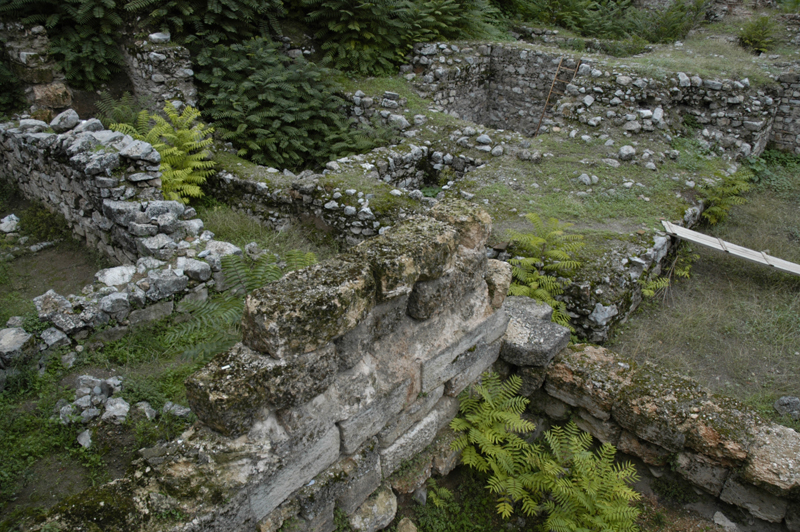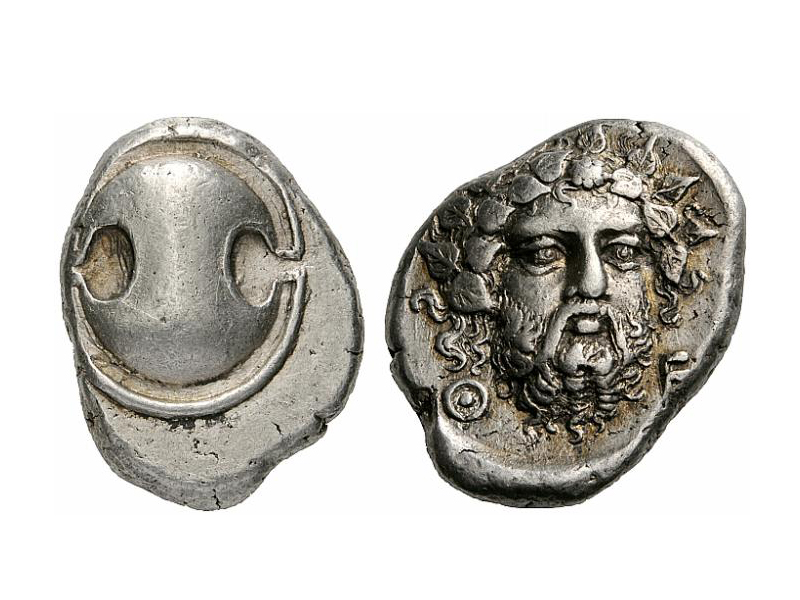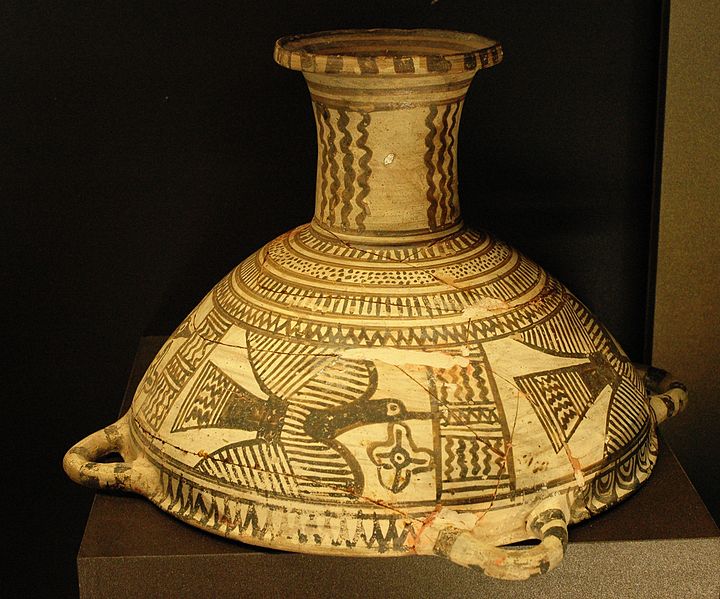Thebes
Thebes was a powerful and influential city-state of Ancient Greece. History tells us that Thebes was originally of Greek origin and was there before the dark ages. The evidence, such as fortification of using Cyclopean stonework style, wall paintings and linear B script tablets, can back that claim. The city-state also lied on a low plateau above the surrounding plains of Boeotia and was important strategic location. Thebes was a constant rival of Athens and Sparta over the domination of the region. In around 480BC, Thebes sided with Persians in Greek-Persian war, after the Spartans were defeated at Thermopylae. After the Greeks defeated the Persians, they had punished Thebes by depriving it of the presidency of the Boeotian league. In around 430BC, Thebes re-emerged in Peloponnesian war and sided with Spartans against Athens. After the fall of Athens, they enjoyed the moments of glory and gained influence along with Sparta. Thebans, however, did not like to share glory with Spartans and it is said that their plot against Spartans was influenced by Persian gold. In 395BC, a war broke out between Sparta and Thebes which resulted for Thebes being occupied by Spartans and stripped out of political control over other cities in Boeotian lands.
In 387BC, another war broke out as the result of a revolt in Thebes against Spartan garrisons and outposts. They eventually, in 371BC on the wings of Pelopidas, crippled and defeated the Spartans. After the fall of Sparta they had begun marching north and forcing northern lands to join Boeotian league. The crucial moment for Theban demise came in a battle of Cynoscephalae, where, though victorious, Thebans had lost their leader Pelopidas and forced Macedonians to join Boeotian league which later proved to be costly. In 338BC, Philip II, the king of Macedon, invaded now united Greek city-states and defeated them. in 335BC, Thebams failed in a revolt attempt and angered Philip's heir, Alexander the Great who brought upon the destruction of the whole city, except the house of the poet Pindar and the temples. He also sold the majority of people into slavery.
Myths of gods and heroes
According to mythology, Thebes was founded by Cadmus who was on his quest of finding his sister Europa, after Zeus had abducted her. Unable to find his sister, he went to consult with the Oracle where he was told to abandon the search and rather found a city on Boeotian plains. It is said that Cadmus originally came from Phoenicia and brought Phoenician alphabet to the Greek lands. It is known that Thebes was originally a Greek city but they did have some connections with Persians and they probably adopted their alphabet along the way. Thebes was also, according to mythology, the birthplace of Dionysus, a god of wine and pleasure, and Heracles. It was also the place of a mythical king Oedipus and a mythical creature Sphinx.
Monuments of Ancient Thebes
There was not much left after Alexander the Great destroyed the city. On the site itself only the remains of Cadmea, the central fortress of once great Thebes, can be found. Other things such as tablets, pottery, currency and other arts are preserved in museums across the world.
Cadmea fortress

Remains of the central fortress
Silver coin

Silver coin with the depiction of Dionysus
Boeotian cup

Boeotian cup with birds, now located in Louvre museum, France